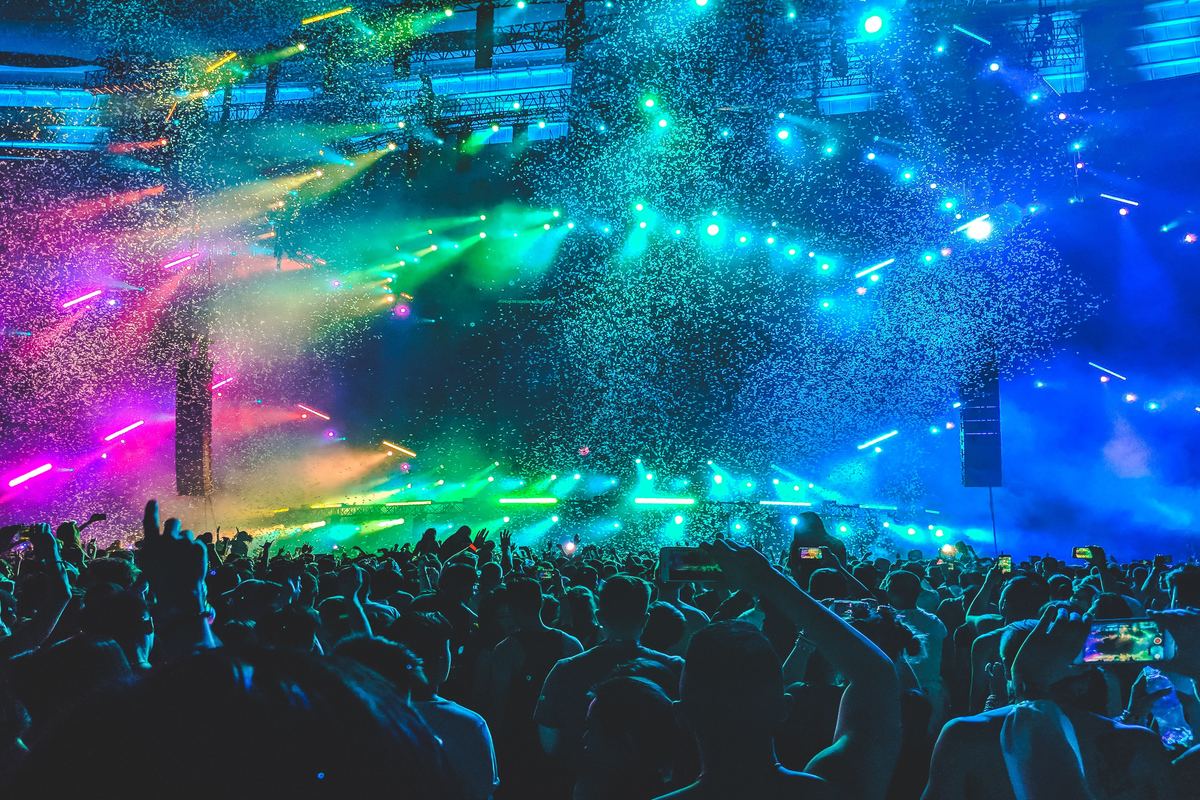Which band holds the top spot in the eternal Top 10 of Heavy Metal? The editors of “Metal Hammer” have made their choice, and the Metal Hammer Awards are back. Everyone can join the event on August 31, 2024, in Berlin.
“Metal Hammer” extends the festival season: After the summer open-airs, things are going to get intense once again – at the Metal Hammer Awards on August 31, 2024, in Berlin, where we will celebrate the scene with an exclusive evening. Concerts by Saltatio Mortis (full headliner show!), Orden Ogan, Lordi, and Future Palace will frame Europe’s toughest awards ceremony. Featuring winners, metal legends, and special guests – and an eternal Top 10 of Heavy Metal curated by “Metal Hammer.”
System of a Down, “Toxicity” (2001) A single hit, followed by a pause, then a tinny, stomping riff, whispering, silence again – that’s how “Toxicity” begins, introducing the world to an album that has since become a genre classic. Which genre? It doesn’t matter. What was already evident on their strong self-titled debut three years earlier is now even more pronounced. Riding the Nu-Metal wave, System of a Down blends genres as if at a buffet, but with the finesse of a master chef. Groovy sounds, progressive tricks, thrashing noise, and folk music are combined into a brutally melodic potpourri like the music world had never seen before.
Judas Priest, “British Steel” (1980) The new decade of metal kicks off with a tank-busting riff: With “Rapid Fire,” K. K. Downing and Glenn Tipton mercilessly fire at the up-and-coming NWOBHM models. “British Steel” proves that the boys from Birmingham are not stuck in the ’70s after five albums – no, they’re just getting started. They also show what Heavy Metal is all about: authenticity. Music from the working class for the working class; hence the album title inspired by the steel manufacturer British Steel.
Metallica, “Metallica” (1991) On one side, die-hard thrash fans see it as the beginning of the end for the big M, but on the other, the Black Album serves as an entry point to the band for many fans. After all, almost everyone knows “Enter Sandman” and “Nothing Else Matters” – but when it comes to the epic yet gripping compositions of the previous works, your heart needs to be hung on the sonic steel. For their fifth effort, James Hetfield, Lars Ulrich, Kirk Hammett, and Jason Newsted dedicate themselves entirely to the riff itself, elevating it to nothing less than an art form.
Metallica, “Ride the Lightning” (1984) What Metallica defined as Thrash Metal with “Kill ’em All” (1983), they tear down again with “Ride the Lightning.” The band flies to Lars Ulrich’s homeland of Copenhagen for three weeks to record with star producer Flemming Rasmussen, who would soon work with Mercyful Fate, Morbid Angel, and Blind Guardian due to this collaboration. Meanwhile, Metallica moves to Elektra Records, which already has established metal bands like Mötley Crüe and Dokken in its portfolio.
Judas Priest, “Painkiller” (1990) In the black-and-colored metal cosmos, there are a few groups that reign supreme and a few songs that almost all metalheads can agree on. Judas Priest’s “Painkiller” is undoubtedly one of them: Whenever this song blares from speakers anywhere in the world or is played by a DJ, everyone collectively rushes to the dance floor, fists raised, and passionately belts out every word. The title track of the English genre pioneers’ twelfth studio album is not only a musical revelation but also lyrically – as it tells the story of a (brilliantly depicted on Mark Wilkinson’s cover artwork) powerful hybrid of savior and motorcycle, descending from the heavens to save doomed humanity.










